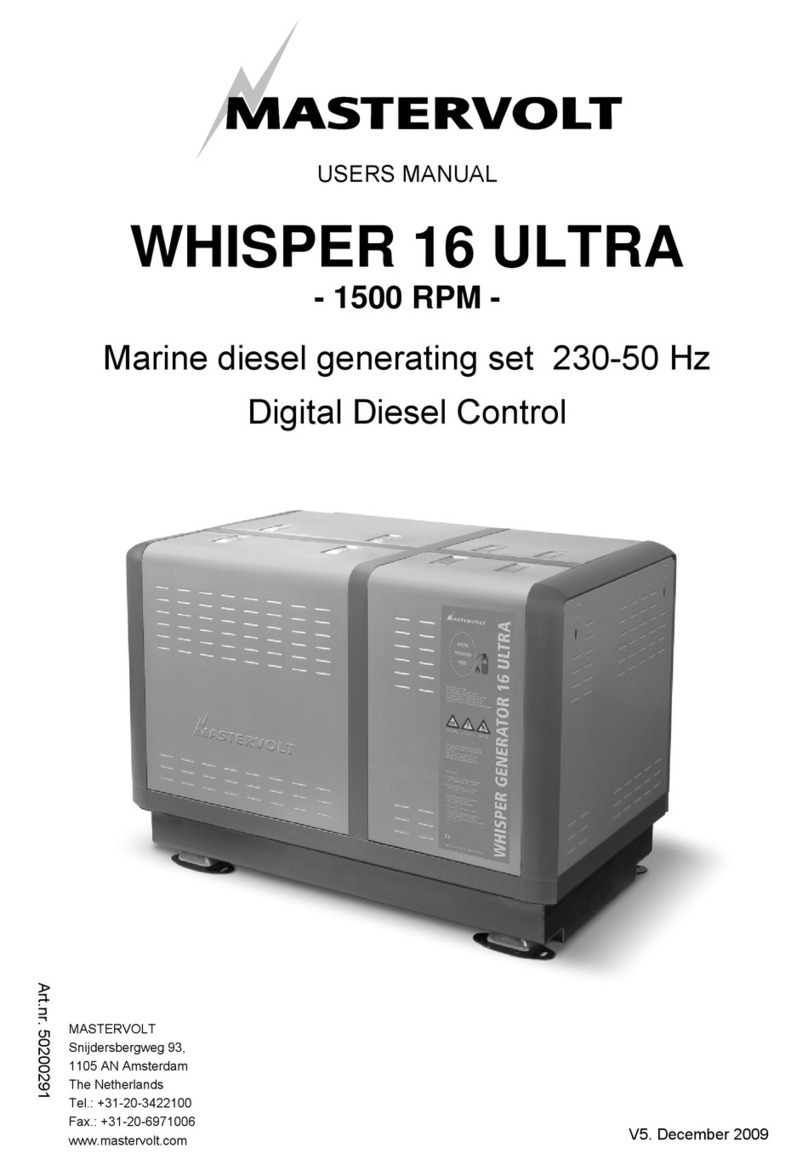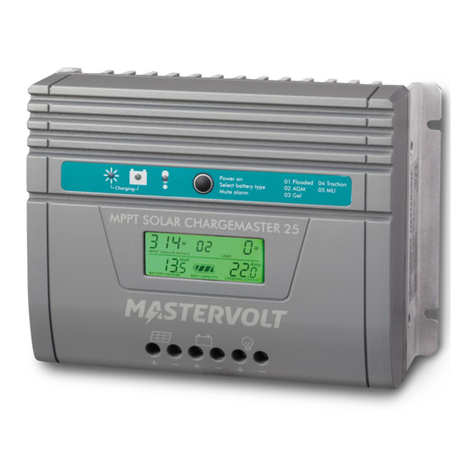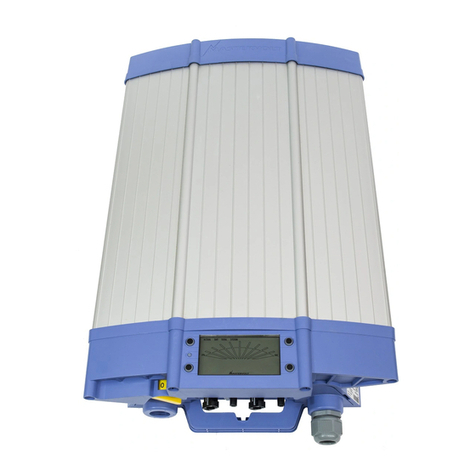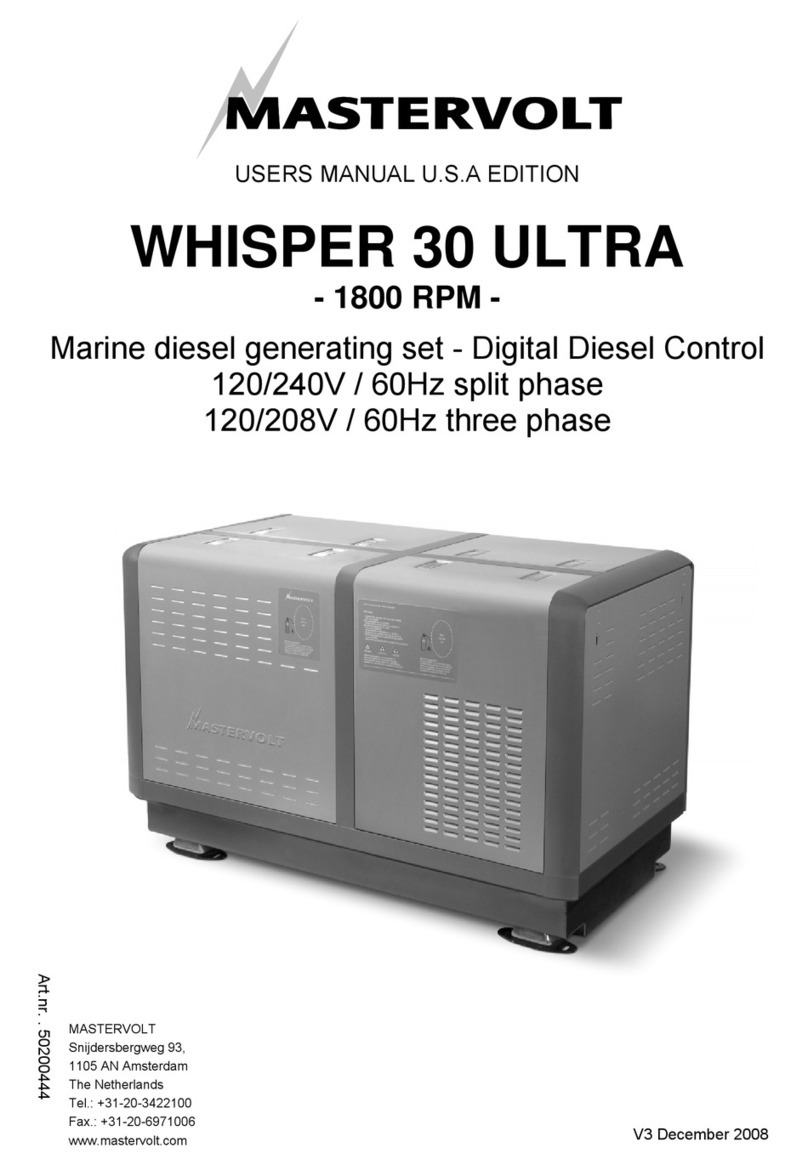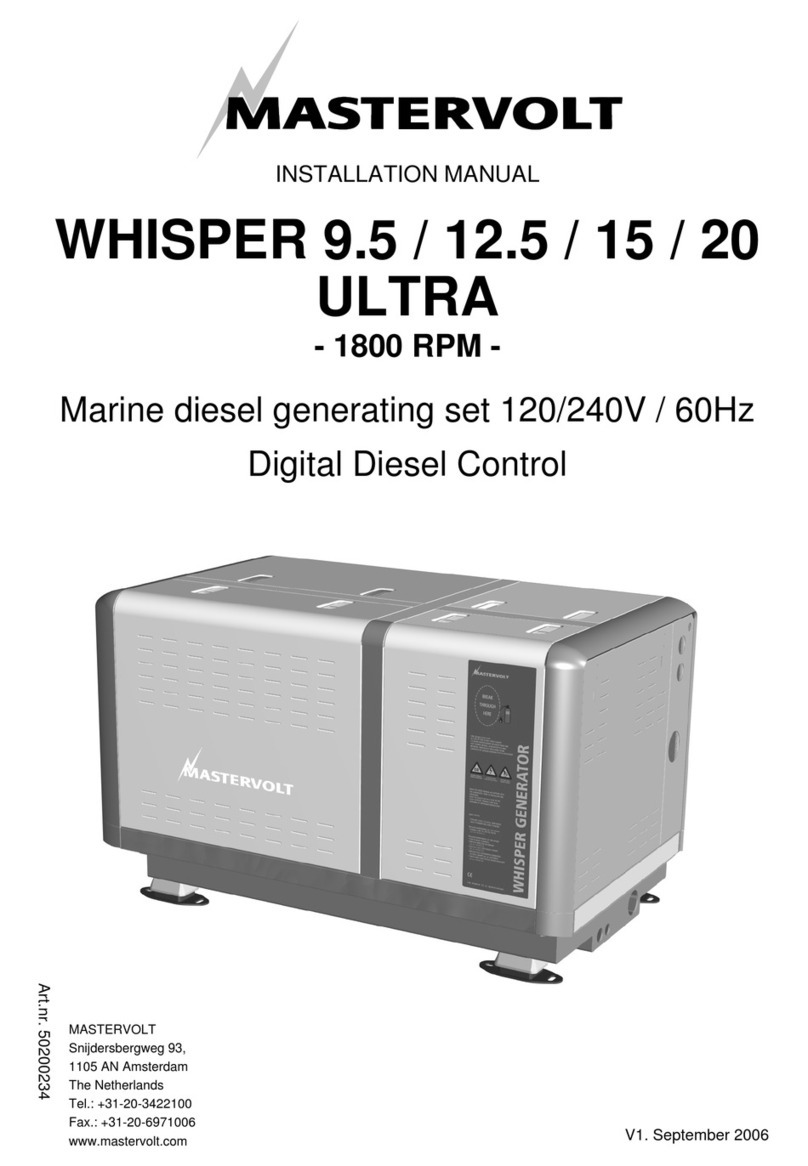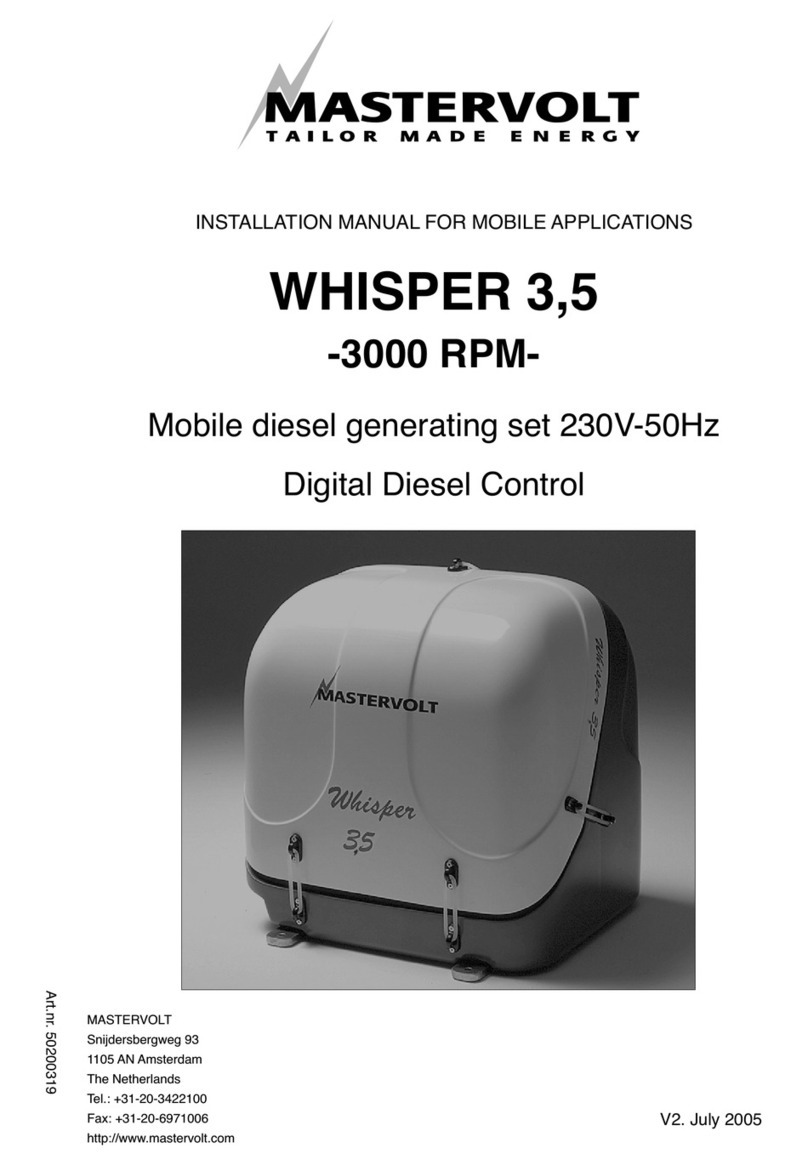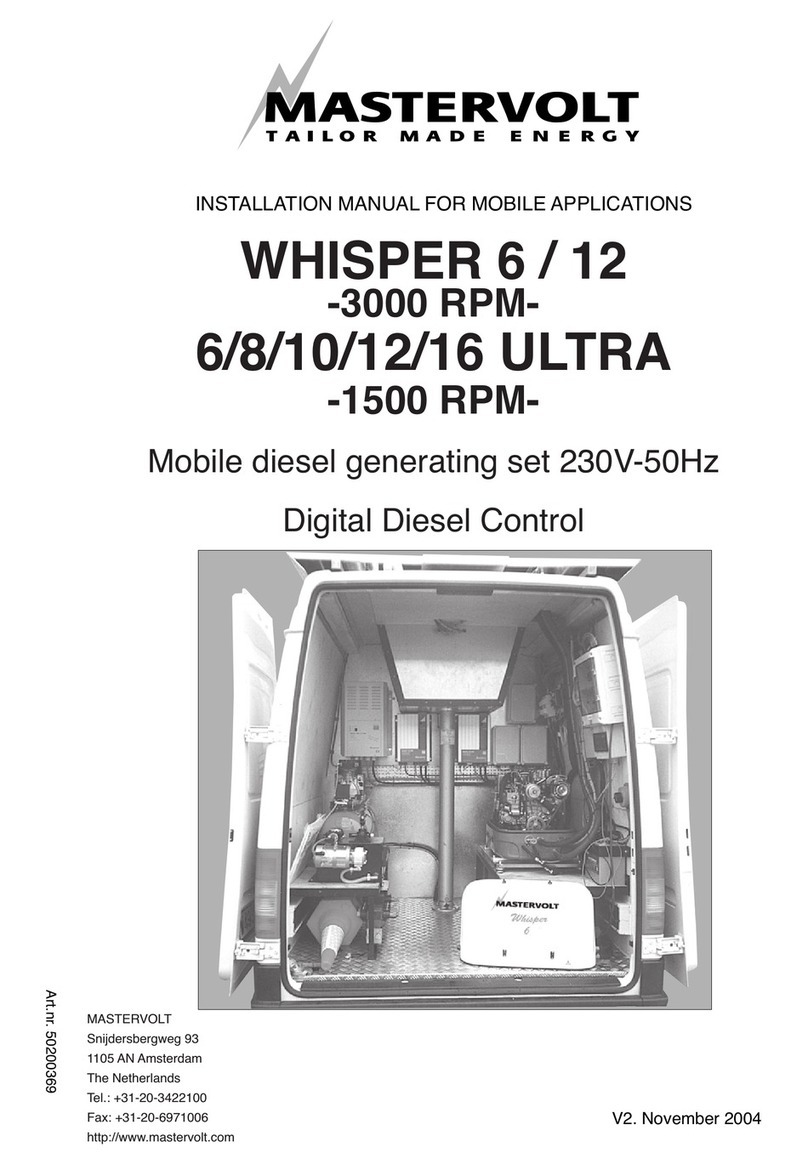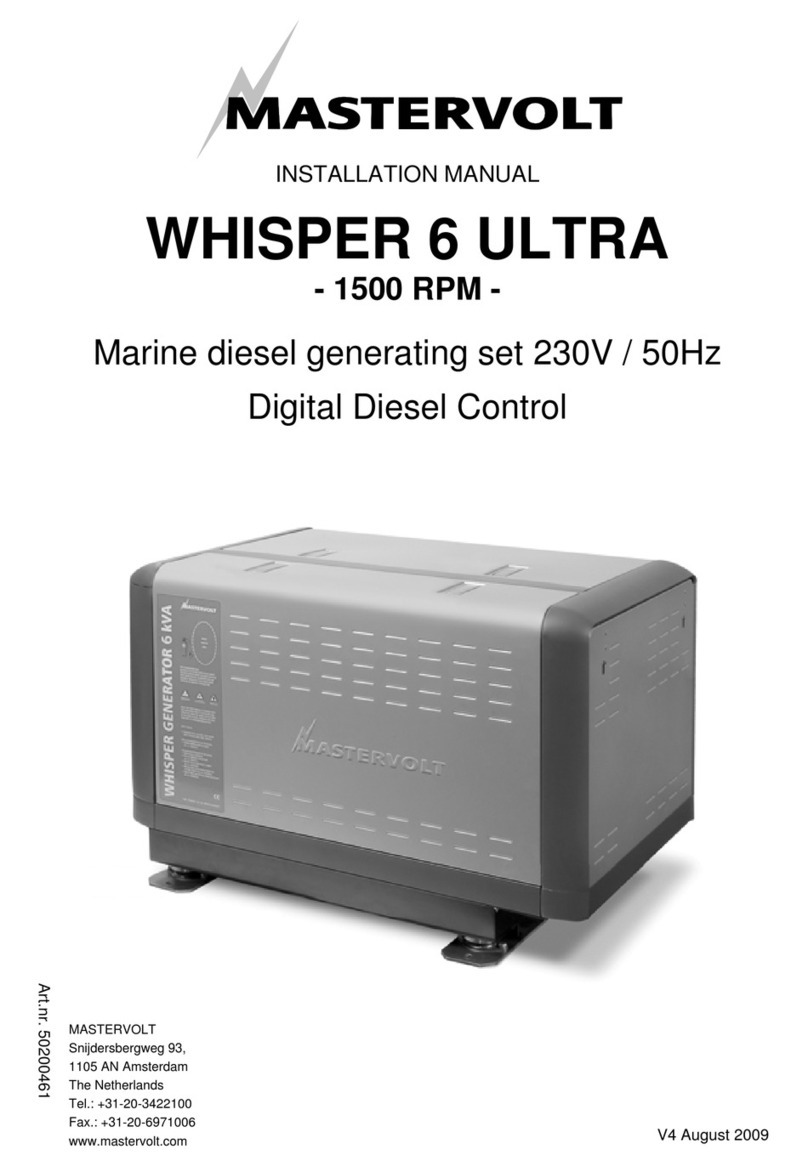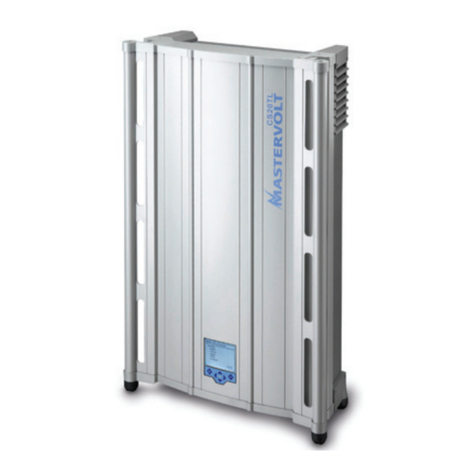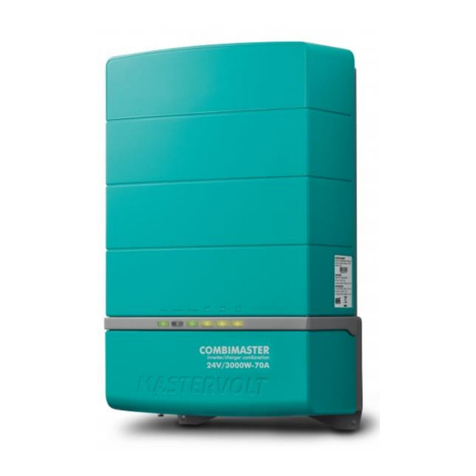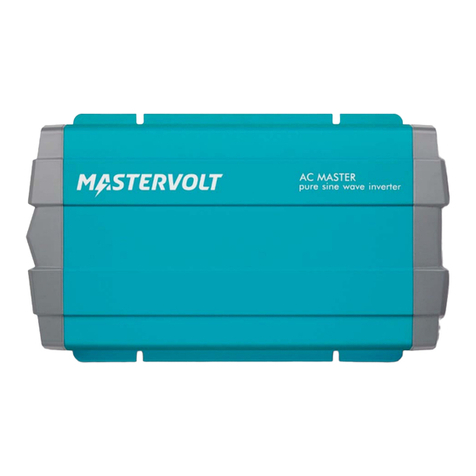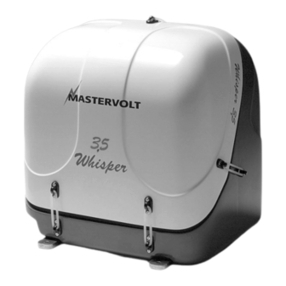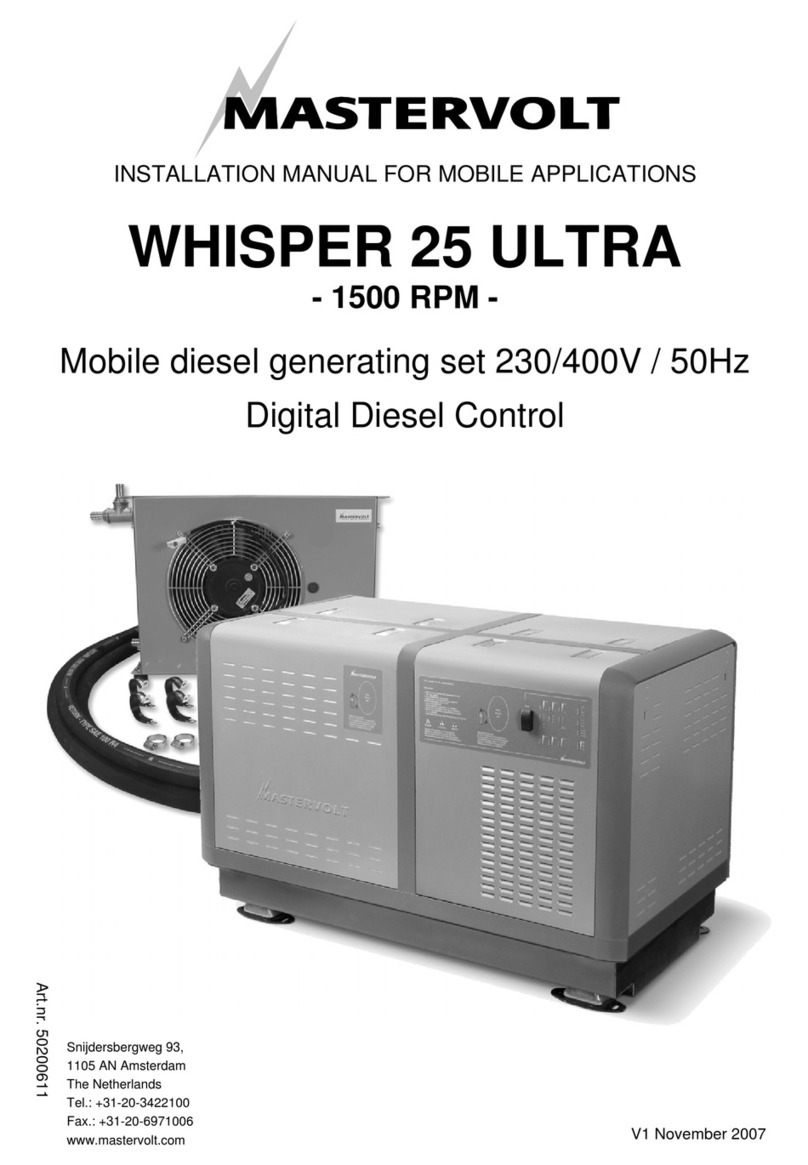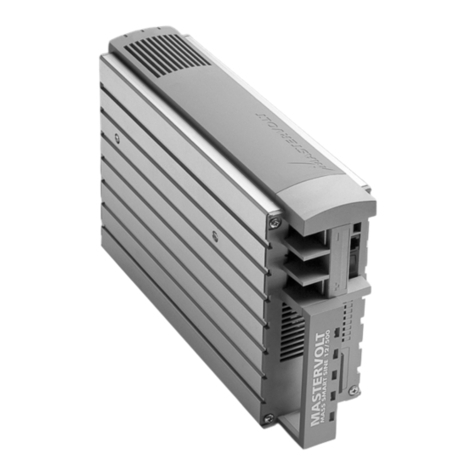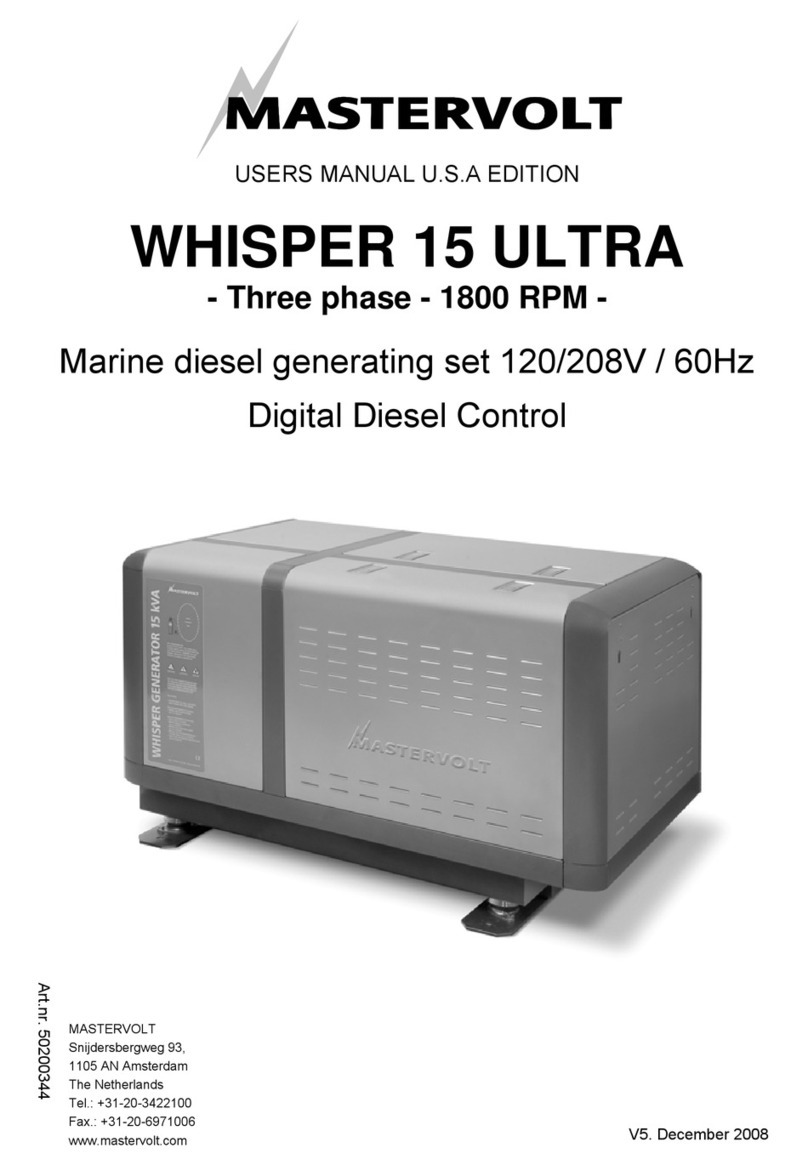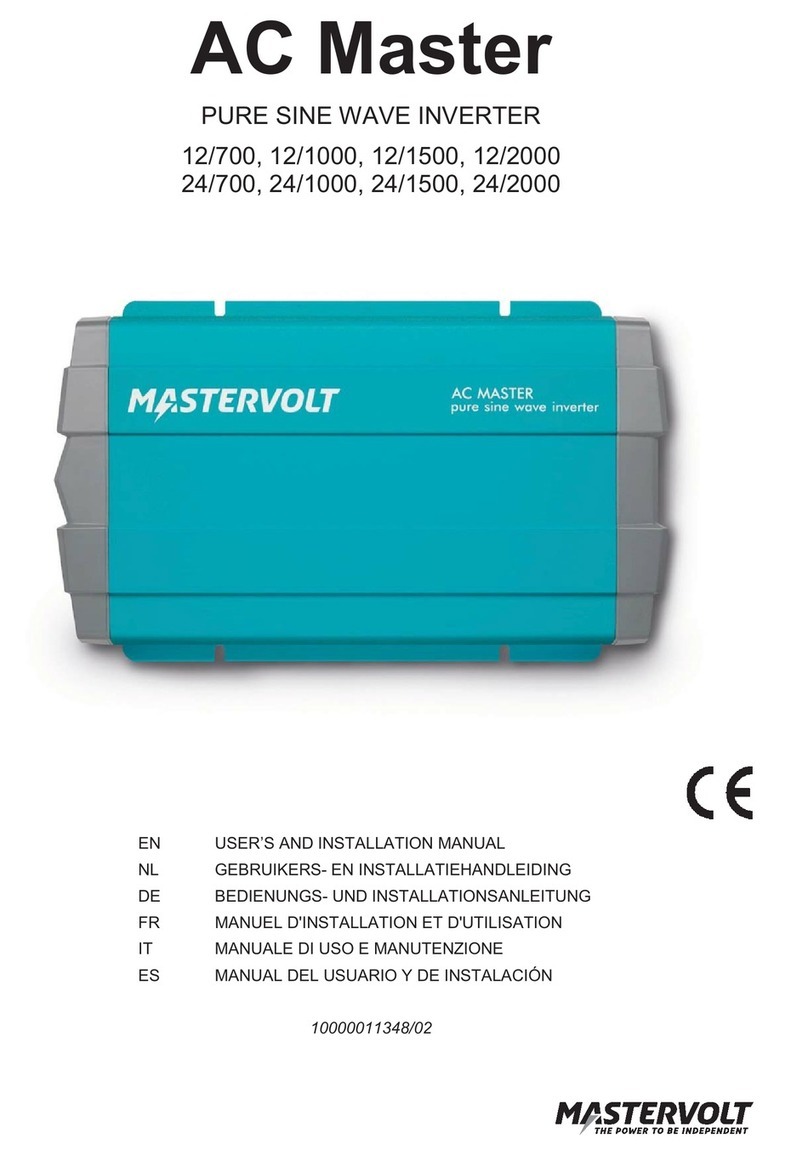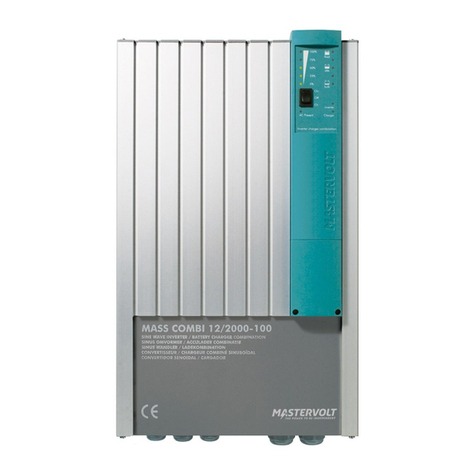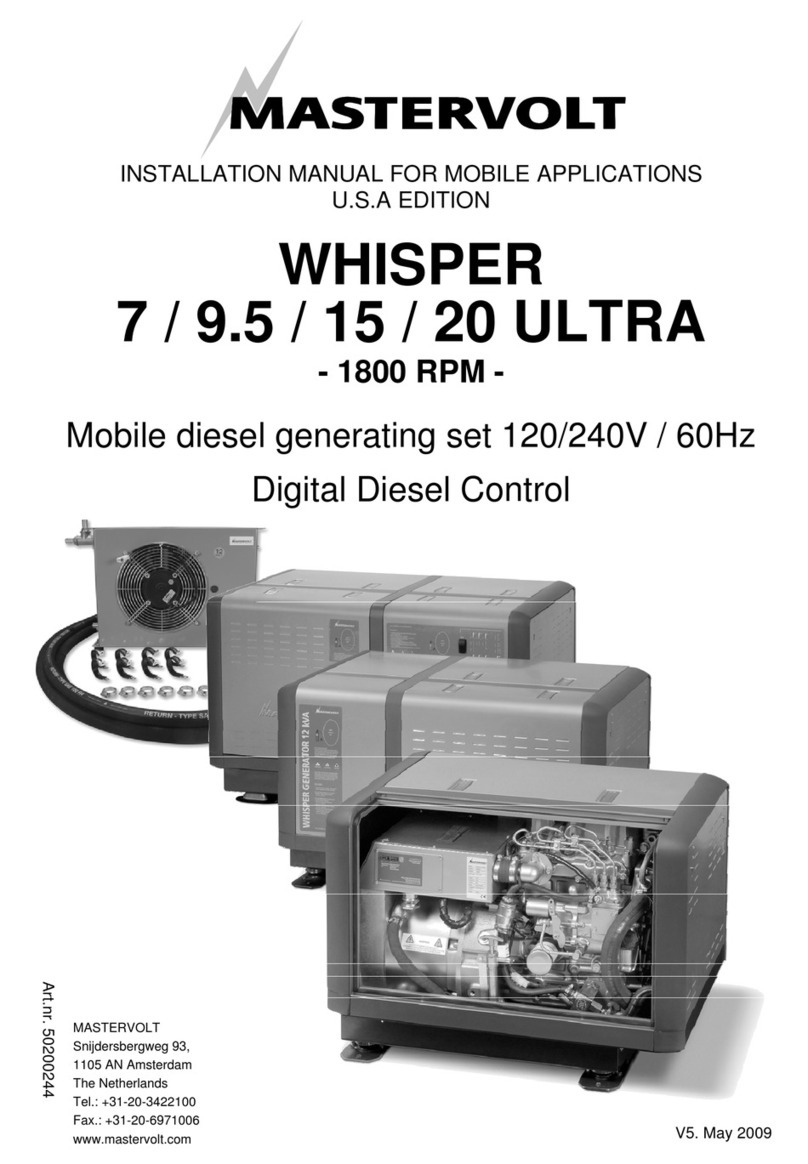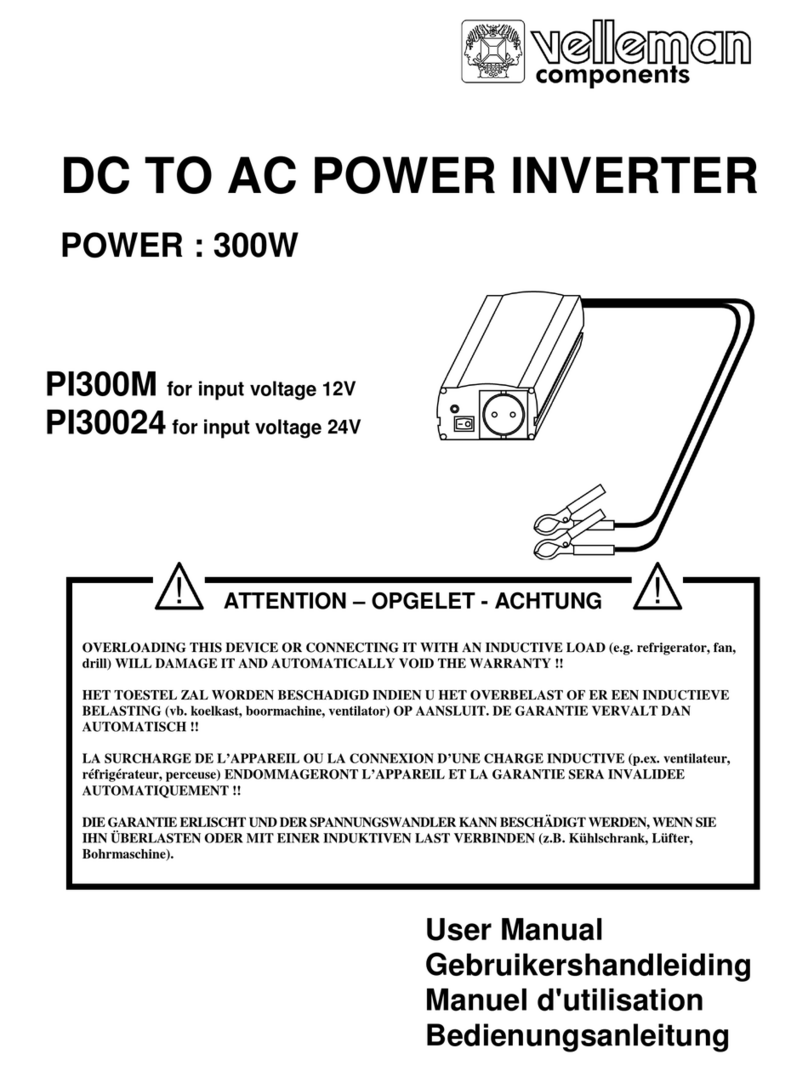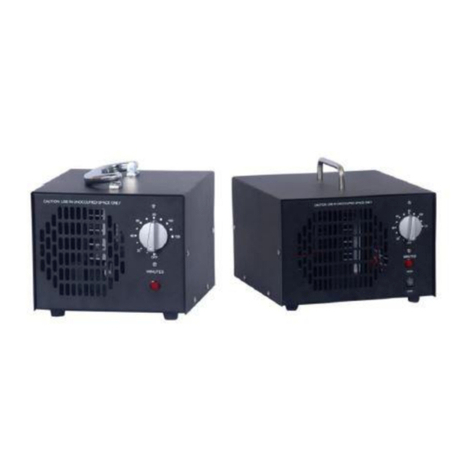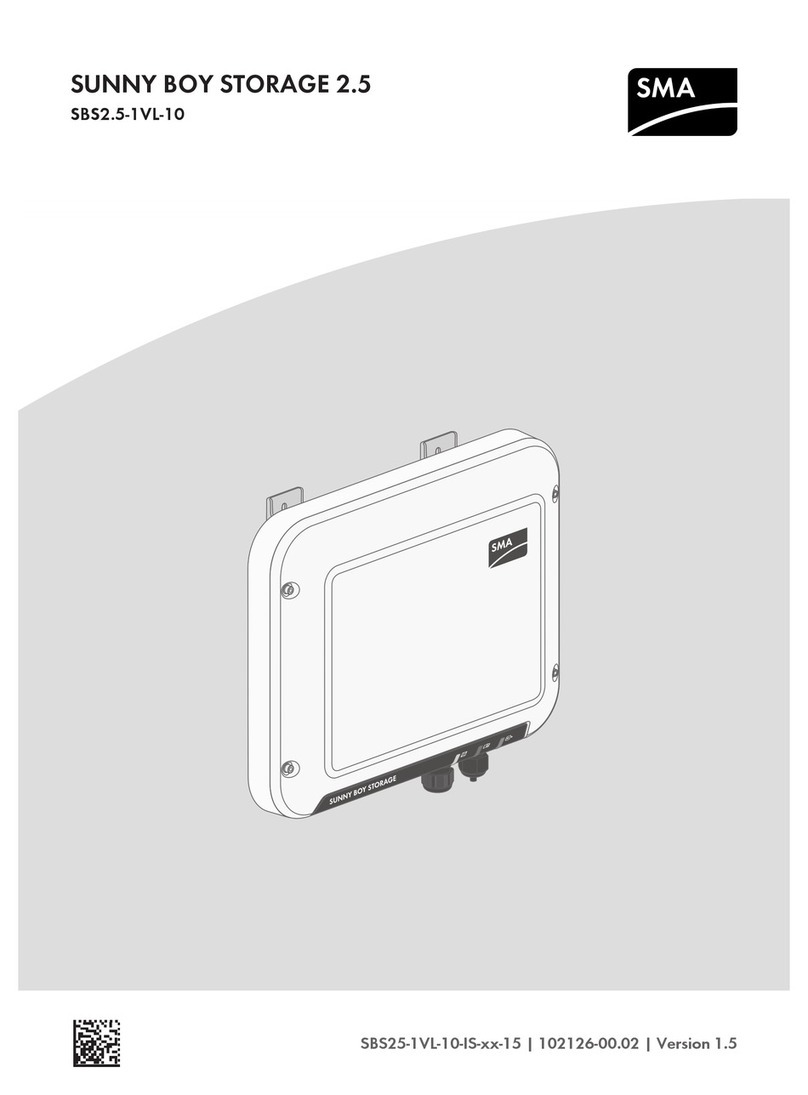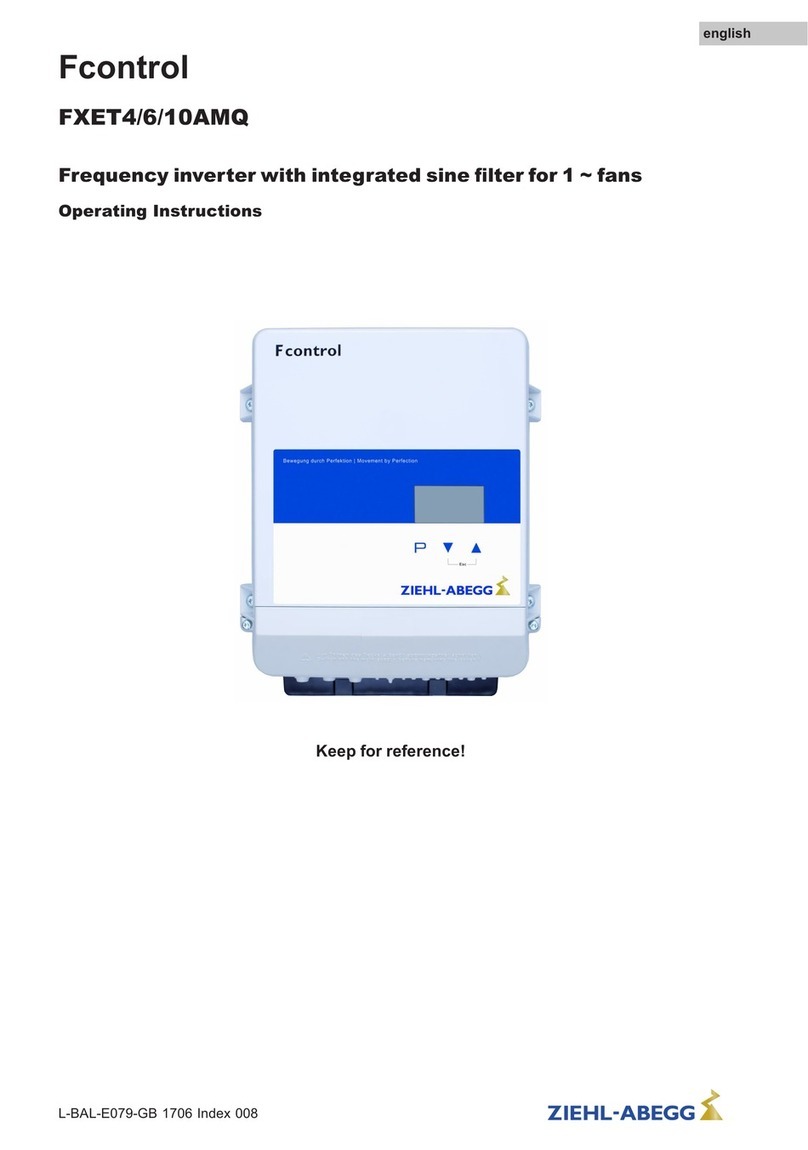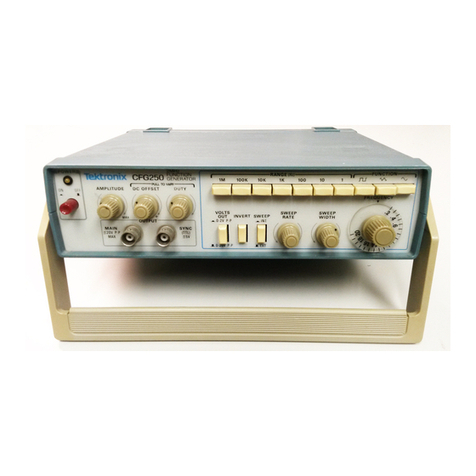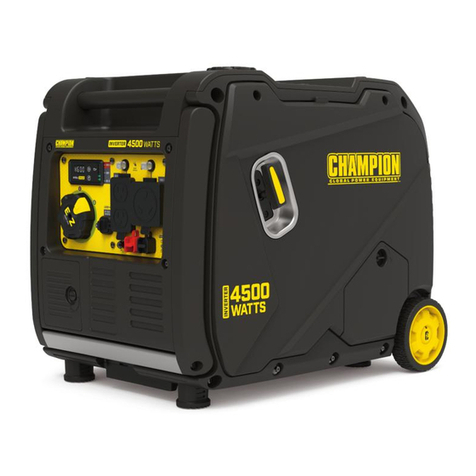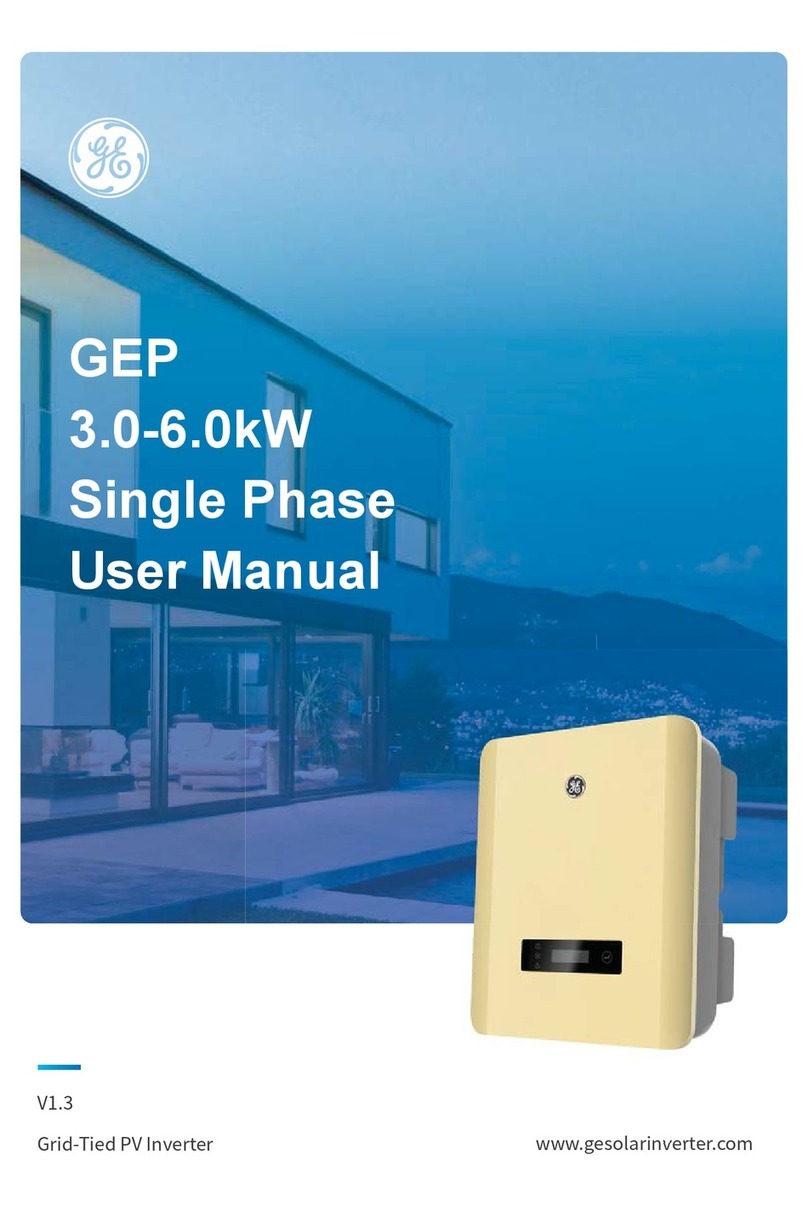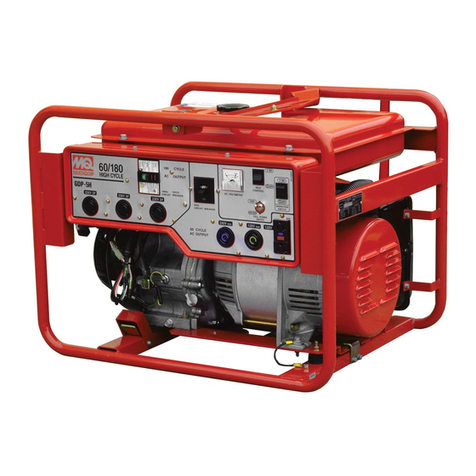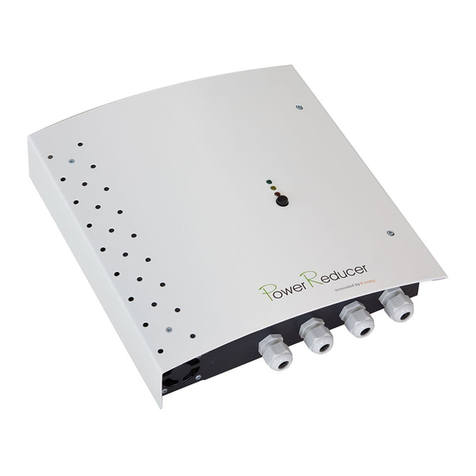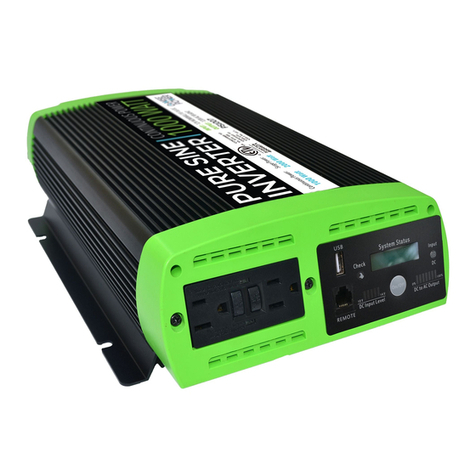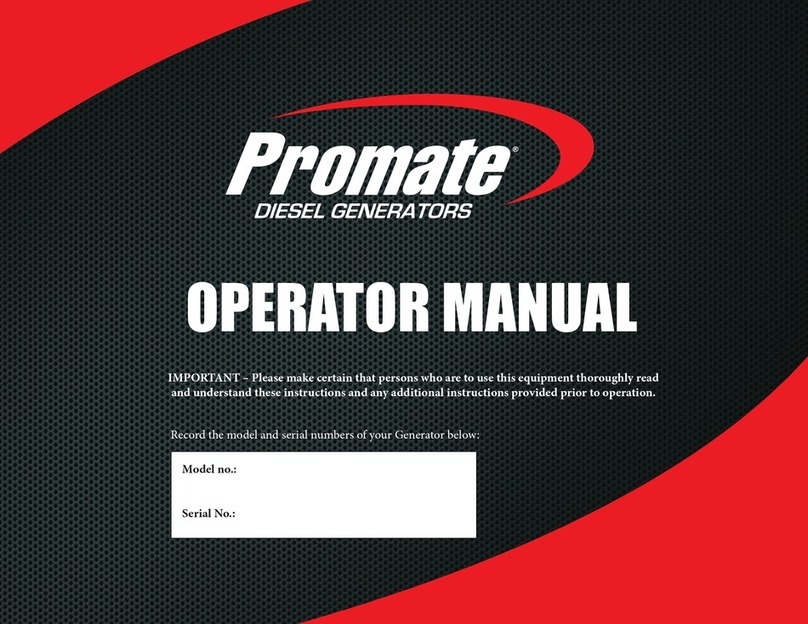4April 2004 / WHISPER 6/8/12 / U.S.A.EDITION
INTRODUCTION
1 INTRODUCTION
1.1 GENERAL
The Whisper 6/8/12 Marine Diesel Generating set is ma-
nufactured and marketed by Mastervolt.
It is important to read this manual before installing and
operating the generating set. Both safety and durability
rely very much on the correct identification, installation
and a well understanding of ratings, features, design,
maintenance and operation procedures.
The information, specifications, illustrations and state-
ments contained within this publication are given with our
best intentions and are believed to be correct at the time
of going to press.
Our policy is one of continued development and we re-
serve the right to amend any technical information with-
out prior notice.
Whilst every effort is made to ensure the accuracy of the
particulars contained within this publication neither the
manufacturer, distributor, or dealer in any circumstances
shall be held liable for any inaccuracy or the consequen-
ces thereof.
WARNING:
Awarning symbol draws attention to spe-
cial warnings, instructions or procedures
which, if not strictly observed, may result in
damage or destruction of equipment, seve-
re personal injury or loss of life.
DANGER:
This danger symbol refers to electric dan-
ger and draws attention to special war-
nings, instructions or procedures which, if
not strictly observed, may result in electri-
cal shock which will result in severe per-
sonal injury or loss of life.
1.2 SERVICE AND MAINTENANCE
Regular service and maintenance should be executed
according the directions in this manual. For service and
maintenance one can appeal to the manufacturer or the
dealers.
1.3 GUARANTEE
Mastervolt guarantees that this generating set has been
built according to good workmanship, according to the
specifications in this manual and according to European
Community safety regulations.
During production and prior to delivery, all of our genera-
ting sets are tested and inspected.
The well functioning of this generating set is subject to
guarantee. The period and conditions of this guarantee
are laid down in the general conditions of delivery as
registered with the Chamber of Commerce and Industries
in Amsterdam number 33279951 and are available on
request. The guarantee period is two years, limited to
1000 running hours. For USA deliveries there are
additional conditions. These are available at
MASTERVOLT USA. Some aspects of the warranty
scheme are given here in more detail:
Guarantee period 1000 running hours or 24 months
whichever occurs first. Warrantee does not cover failures
that are caused by misuse, neglect or a faulty installation.
Example 1. Faulty installation:
Seawater entering the engine is the most common cause of
damage to combustion engines in boats. (Both to propulsion
and generator engines.) The entry of water must be avoided
under all conditions. Be aware that the conditions in blue
water sailing can be extreme. Refer to the installation
manual for instructions but remember these are for
guidance only as many factors influence the installation of a
generator. The ultimate responsibility will always be with the
owner to ensure a safe and compliant installation.
DAMAGE CAUSED BY THE INGRESS
OF WATER IS NEVER COVERED BY
WARRANTEE.
Example 2: Misuse:
Long term running with no load or too little load can
cause the exhaust to get choked with soot or carbon.
Cleaning the exhaust is not covered by warrantee.
Example 3: Neglect
Sometimes the seal of the raw water pump starts leaking.
Mostly this begins with a little drip and slowly gets worse.
Regular visual inspection of the generator is necessary to
prevent damage to occur from a leaking water pump.
When one find serious damage after weeks of neglect
warrantee claims will not be honoured.
Example 4: Neglect
Whisper generators have an option for an auto start/stop
mode or interval mode.
